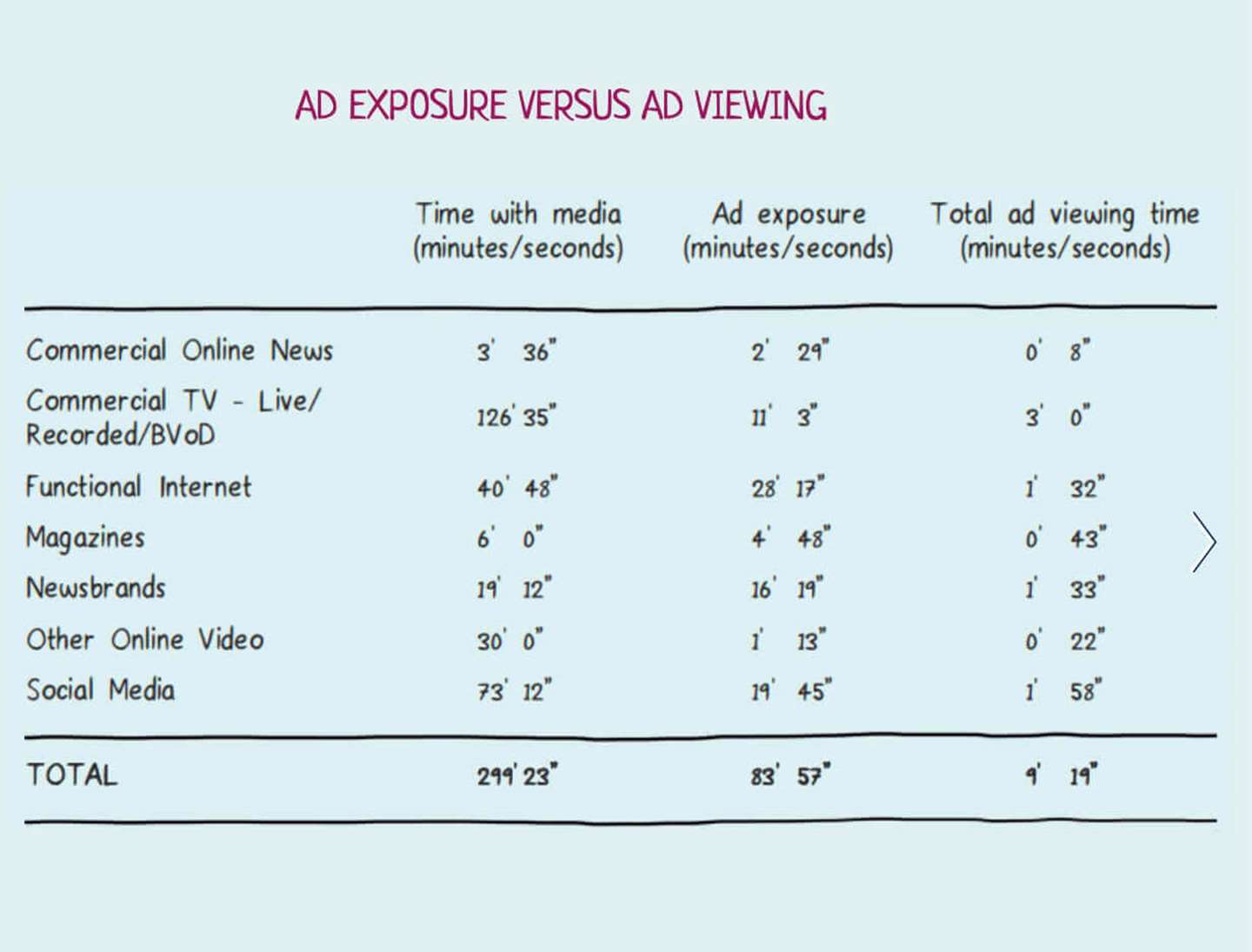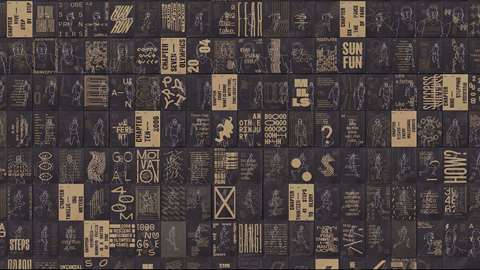Founder of The Attention Council and Managing Director of Lumen Research Mike Follett talks to us about the value of attention in defining advertising effectiveness. And print ranks highly.
Ebiquity’s new study that measures the meaningful value of attention in advertising effectiveness will help brands buy media more efficiently and may go on to help marketers wake up to print advertising’s potent advantage – that it gets noticed. Ebiquity and research partners Lumen Research and TVision have published a new paper The Challenge of Attention, using eye tracking and multiple data sources from digital and TV to create a new composite metric that quantifies attention. By combining the average likelihood that someone will view an ad and the average time they spend looking at it, they’ve ‘created the first true advertising attention currency: attentive seconds per thousand impressions’, or aCPM.
If brands and advertisers adopt this new currency of attention, then it could be invaluable to print advertising too. One of the five founders of The Attention Council that was set up to discuss and promote debate around attention, Mike Follett explains why he thinks this is one cross media measurement tool that’s truly fit-for-purpose…
When you look at eye tracking to work out which channels were more effective, were the results surprising?
There are some interesting results from the recent tests we’ve been doing with Japanese media agency Dentsu and Ebiquity. One was just how short attention spans in any form are. For instance, say a million people have been exposed to an ad for 20 seconds. The ad might be there for 20 seconds, but people might only look at it for 1- to 3-seconds. It’s important to remember that people have a choice about what to look at. That has quite big creative implications. If you know that people are only going to be looking at an ad for a couple of seconds, then you might want to design your ads in a slightly different way to work in those few seconds.
The most interesting big learning is that while traditional media are often disparaged as being old fashioned, they’re actually very effective at getting attention. Recent studies have concentrated on digital media as people have been spending much more time on their phones and computers, especially during lockdown. So it is a sensible place to advertise.
But while a typical YouTube 6-second ad might get around 2.4-seconds of attention - and that’s a good result - a typical full-page ad in a newspaper might get around 3.3-seconds of attention. When people read print media, they attend to the ads for a far greater duration. So the quality of attention generated by print media shouldn’t be ignored.






